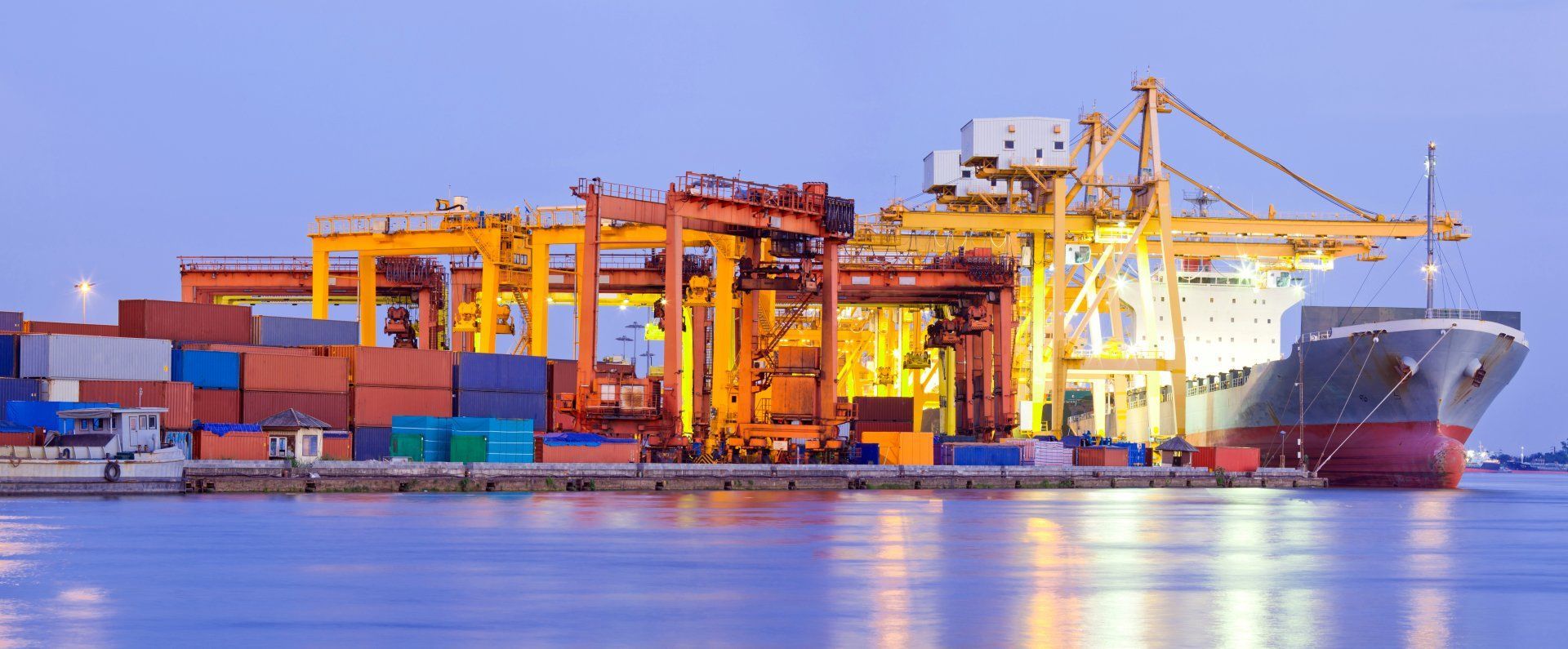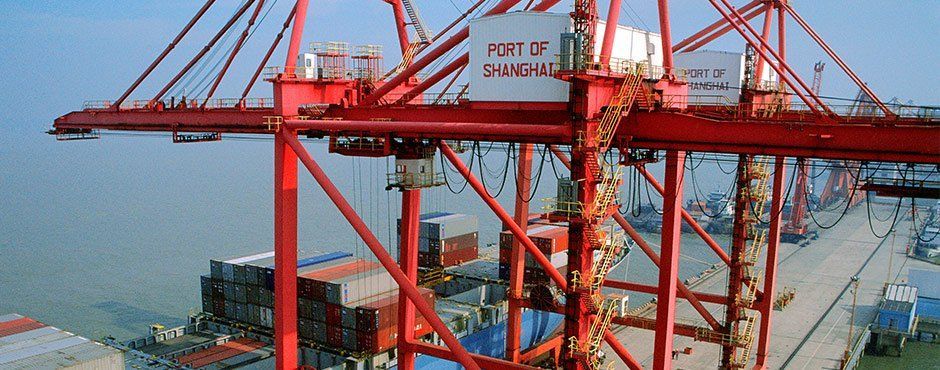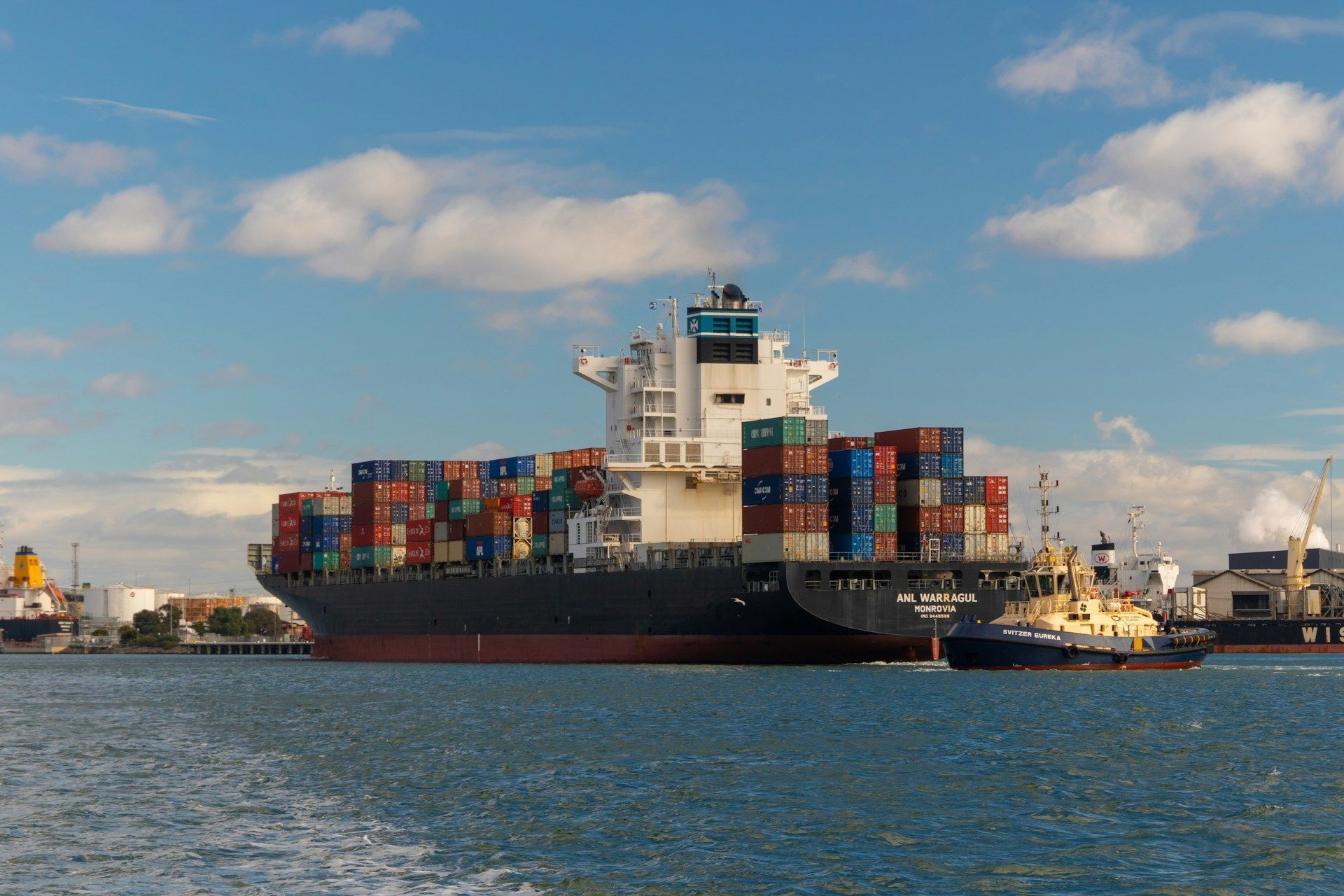TFTEA starts this month!!
The new drawback regulations are written and will take effect on February 24, 2019.

The new drawback
regulations are written and will take effect on February 24, 2019. That’s less
than a month from now!!
ITM is prepared to
continue filing on behalf of all of our clients and we are excited about the possibility
of new opportunities that will now exist under the new guidelines.
In most cases, under TFTEA, claimants can claim duty drawback using the 8-digit HTSUS number as the connector between import and export (rather than the part number as they had in the past). This opens up a huge opportunity for current claimants as well as companies that have never considered duty drawback before because they found it prohibitive.
If you import products
under an HTS number and export different products that are sourced or
manufactured domestically, but would have been imported under that same HTS
number had they been sourced internationally, you can substitute one for the
other. Here is an example.
The HTS heading 6103.42.10,
covers trousers, breeches and shorts of cotton, for men and boys. If you import
boys cotton pants from China and export U.S. manufactured or domestically
sourced men’s cotton shorts from the U.S., you can claim the duties paid on the
imported pants when you export the shorts that are of U.S. origin.
Here’s another example.
HTS classification 8205.30.30 covers all sorts of tools, such as planes,
chisels, gouges as well as similar tools for cutting wood. If you import a
plane under this HTS number and pay a duty on it and export a chisel, which also
falls under this HTS number, you can claim the duty paid on the imported plane
when you export the chisel.
While there are some
financial caveats to the possibilities, it is certain that the new drawback law
will afford more opportunity.
Contact us today if you
feel that your company may be able to take advantage of the new law and begin
filing duty drawback. As always, we offer a no cost analysis of your situation.














